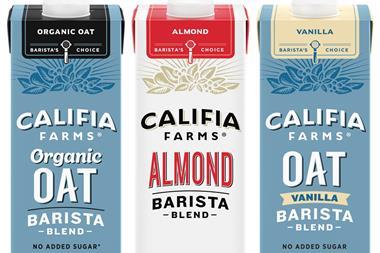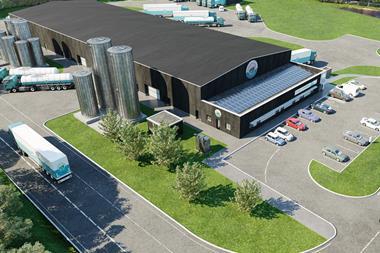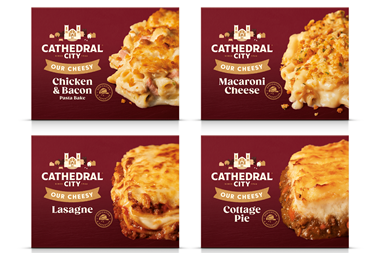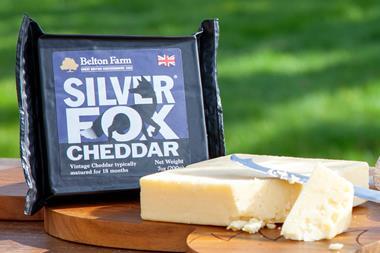A pint of milk selling for just 12.5p. How is this possible? What must the new milk price war be costing? And who will it impact the most? Richard Ford reports
This is not the first milk price war. But the longer it continues, the more Asda's move to "permanently" reduce the price on its four-pint cartons of semi, skimmed and whole milk to just £1.25 (The Grocer, 31 July 2010) will impact the industry.
Any suggestions the big four's milk price wars would be a temporary fixture appear to have been dashed, with the same rock-bottom prices for the third week running.
As The Grocer went to press on Thursday, the price of a pint of 1% milk at Morrisons was still just 12.5p on a four-pint carton; Sainsbury's is still promoting its 1% line with four pints for £1; and Tesco was also sticking with a 50p for two litres deal on its Creamfields discounter brand.
Yet farmgate prices are less than 4ppl off their 2008 high. So how much are these deep discounts costing? How are they being funded? And who will be most affected?
While the NFU has been quick to express concern about the price wars, the first to feel the force of these cuts is likely to be wholesalers and independent retailers, says Terry Ziton, commercial director at Medina Dairies. "Cafés, snack bars, and lower-end restaurants go to the supermarkets rather than their middle ground suppliers."
Corner shops are also likely to suffer, as milk is a regular convenience item and a natural footfall driver.
But the NFU believes aggressive price cuts could damage the entire category. Deep-cut promotions reinforce the notion that milk is a basic commodity, says NFU chief dairy adviser Hayley Campbell-Gibbons. "We've got to be careful we don't end up damaging consumer interest in having a broad long-term range of dairy products."
Branded milk supplier Cravendale told The Grocer that it had not seen a dropoff in sales since the milk war began. "We have a very loyal consumer base, so we would not expect them to be swayed by price. Our shoppers buy Cravendale based on the brand benefits," says milk and cream group brand manager Stuart Ibberson.
With their dedicated supply chain agreements, the choice of milk on promotion is also significant. Both Morrisons and Sainsbury's are using 1% milk as their loss leader, on the basis, presumably, that 1% milk does not sell in such high quantities and therefore they are not losing so much money on their better-selling lines.
And Tesco's use of Creamfields in its promotions appears to distance it from its dedicated supply group farmers, the Tesco Sustainable Dairy Group, to which it pays a premium. A Tesco spokesman said: "We remain committed to ensuring our farmers receive a fair price for the milk they supply to Tesco."
This leaves Asda as arguably the most exposed of the big four, having committed its entire own-label range of four-pint cartons to a 12.33p per litre reduction. On this basis, if Asda was to sell 50 million litres of milk in four-pint cartons it would be losing roughly £6.2m a year.
In March this year, Asda reduced the number of farmers in its dedicated supply group from 500 to 300. Some believe the move was to create "a better balance of premium and standard milk price within its portfolio." But Asda head of ethical and sustainable sourcing Chris Brown insists: "The restructuring had been completed well before any of this started. We're promoting own label milk so it does not undermine our existing relationship with our farmer supply base."
Having switched its focus away from below-cost alcohol sales, it's an investment a retailer of Asda's size can well afford. In January 1994, retailers were making 2.27 ppl on sales of liquid milk [Source: DairyCo]. In March 2009 this had risen to 19.13ppl. As one farmer puts it: "There's still money in milk for Asda. Just not as much as before."
Read more
Milk is the new beer as price war erupts (2 August 2010)
Sign in to comment on this article
Not logged in before? Register for FREE guest access today.
You will be able to:
- Read more stories
- Receive daily newsletters
- Comment on stories
Advert









No comments yet